Richard Corrigan’s favourite Irish recipes for St Patrick’s Day
The Irish chef shares his recipes for soda bread, classic Irish stew, and honey and stout tart

St Patrick’s Day, 17 March, is the day when every Irish person celebrates… and every non-Irish person too, many of them attempting to claim tenuous Irish heritage. As renowned Irish chef Richard Corrigan tells us, don’t bother trying to find the ancestry. You’re more than welcome to the party.
Here the chef and patron of Corrigan’s Bar and Restaurant, Bentley’s Oyster Bar & Grill, and Daffodil Mulligan reveals how he celebrates St Patrick’s Day and shares some of his top recipes for an Irish feast.
Why has St Patrick’s Day become such a global celebration?
I think there is a spirit of generosity on the bones of Irish culture that doesn’t come on the bones of, say, that American Irishness. It comes on the bones of wanting the rightful things done properly, a sense of justice, a sense of belonging, a sense of nature; it probably defines us all, at the end of the day, that we’re not too far from the lands. And generosity for our fellow citizens. We’re a modern – well, not very old – country, a republic that was hard won and is only now being defined, three generations later, by the new Irish. Even though their wants are the same as the people who came from the land – the poetry, the music – so I think there’s a feeling of Irishness in our soul, an Irishness we want to share with everyone around us, because we know it’s a joyous thing.
The Week
Escape your echo chamber. Get the facts behind the news, plus analysis from multiple perspectives.

Sign up for The Week's Free Newsletters
From our morning news briefing to a weekly Good News Newsletter, get the best of The Week delivered directly to your inbox.
From our morning news briefing to a weekly Good News Newsletter, get the best of The Week delivered directly to your inbox.
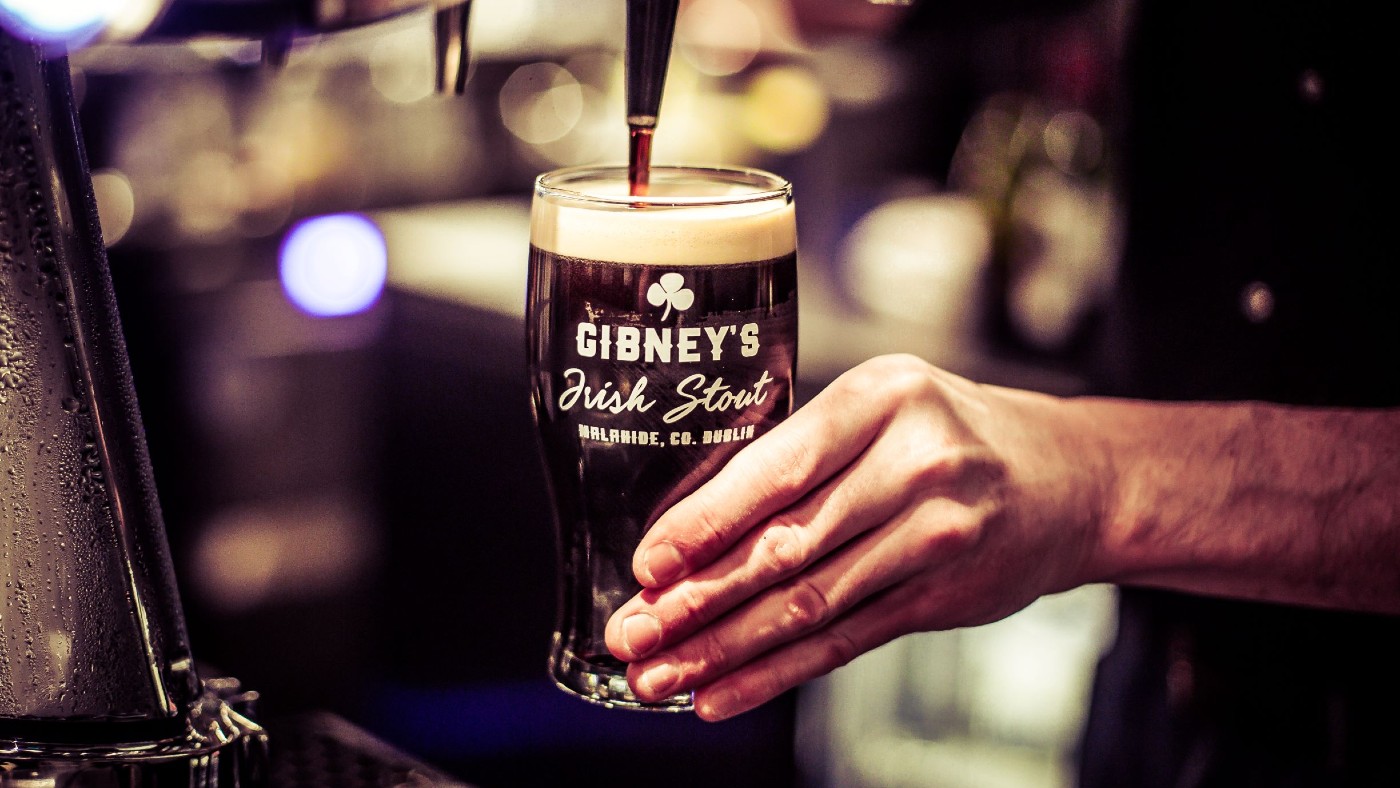
So what, for you, defines Irish hospitality?
If you walk into a group of Irish people, they’ll share the wine, they’ll pour the porter, you will not be a stranger. That’s hard to see in a lot of cultures. I’ve lived in France, I’ve lived in the Netherlands, I’ve lived in London. This is not a criticism, but I define my time in England as where I’ve invited more people to drink my wine in my house than anyone else has brought me to their home to share their wine! But Irishness? It���s a sense of sharing, celebrating that sense of hospitality and fun. It’s not mean spirited, it’s not the sort of ugliness you’d normally get look in at a group of people, that sense of “f*** me I won’t want to be near that lot!”. The Irish in a crowd get happier, where so many other countries get angrier. It’s a sense of good manners, a decent upbringing – and that you don’t become a bollix when you’ve got a few drinks inside you.
What does your St Patrick’s Day look like?
I start with a whiskey; I love a tipple of Redbreast. Then a few nice pints of porter, Gibney’s Stout, which we have at Daffodil Mulligan’s, Bentley’s and Corrigan’s. I host an annual breakfast for friends. When it started, it was purely an Irish affair, now it’s more of a British Irish affair, and that’s what makes it more fun. It brings a bigger smile to my face that St Patrick’s is a shared day, it’s not just our day, it’s everyone’s day. It’s a sense of celebrating life, particularly after the last two horrible years, that’s for sure. There are no speeches, it’s just celebrating bringing people together – and I think that's what makes St Patrick’s Day so fantastic.
1. Richard Corrigan’s soda bread recipe
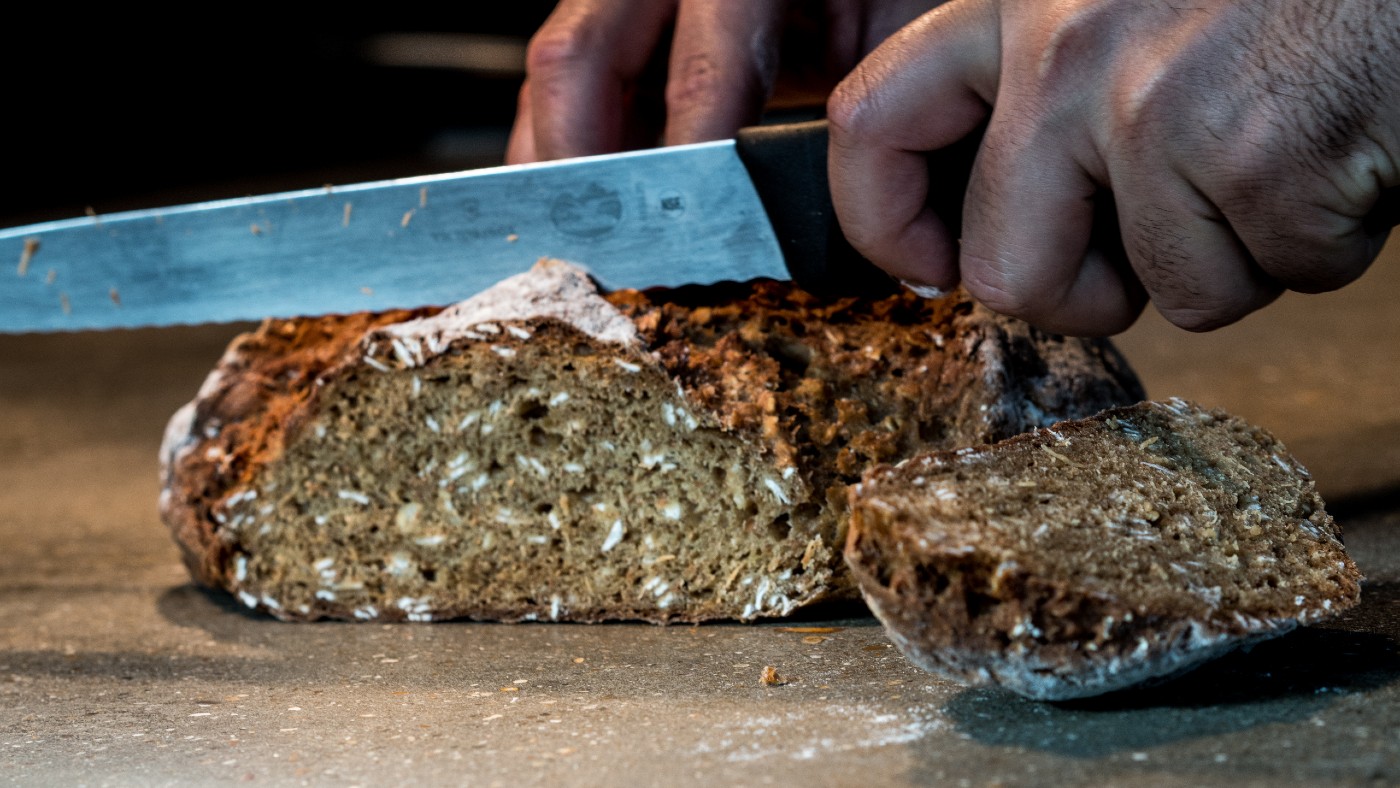
Ingredients: makes one large loaf
- 250g plain flour
- 10g salt
- 15g sodium bicarbonate
- 150g whole meal flour
- 150g jumbo oat flakes
- 1 tbsp clear honey
- 1 tbsp black treacle
- 500ml buttermilk
Method
- Pre-heat the oven to 200°C and line a baking sheet with greaseproof paper.
- Combine all of the dry ingredients together in a bowl. Make a well in the centre, then mix in the honey, treacle and buttermilk, working everything together lightly with your hands until you have a loose, wet dough.
- Flour your hands and shape the dough into a round and lift it onto the lined baking sheet. Cut a cross in the top (as the loaf cooks this will help to separate it into quarters).
- Transfer to the oven and bake for about 45 minutes or until the loaf sounds hollow when you tap the base with your knuckles.
- Transfer a wire rack, cover with a damp cloth and leave to cool. Don’t even think of putting dairy spread on it. This bread needs and deserves butter.
2. Richard Corrigan’s classic Irish stew recipe
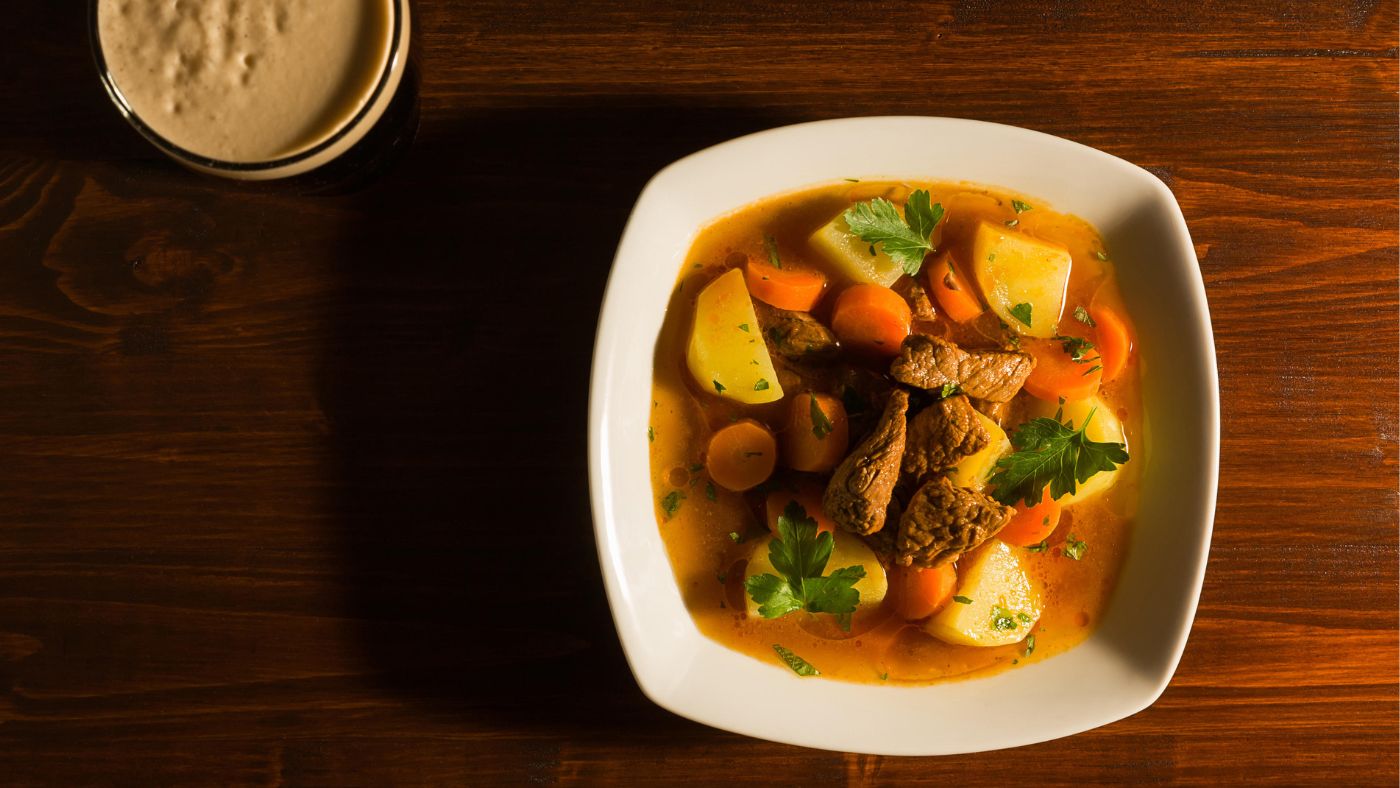
Ingredients: serves four
- 2 middle necks of lamb, filleted, boned and bones reserved
- 450g floury potatoes, such as King Edward, peeled
- 450g waxy potatoes, such as Pentland Javelin or Maris Peer, peeled
- 700g carrots, peeled
- 1 onion, peeled and thickly sliced
- good pinch of fresh thyme leaves
- salt and freshly ground black pepper
- chopped fresh chives and parsley to garnish
Method
- When the butcher bones the lamb for you, have him give you the bones too. Make a well-flavoured stock using the bones and the trimmings from the carrots and onion, plus other vegetables and herbs you like. You need about 900ml of lamb stock.
- Cut the lamb into large chunks and put in a heavy-based saucepan. Pour in the stock. Bring to the boil, skimming off all the impurities from the surface. Remove the pieces of lamb with a draining spoon and reserve. Strain the stock through a fine sieve into a clean pan. Add the pieces of lamb and bring back to the boil. Reduce the heat, cover and simmer gently for 10 minutes.
- Meanwhile, cut the carrots into pieces a little smaller than the pieces of lamb, and the potatoes into pieces the same size as the lamb. Add the carrots, onion and floury potatoes to the pan and simmer for another 10 minutes.
- Add the waxy potatoes and the thyme, and simmer for a further 15-20 minutes or until the lamb is very tender. The floury potatoes will have broken down to thicken the sauce, while the waxy potatoes will keep their shape.
- Remove from the heat, cover and leave, without stirring, for 15 minutes. Check the seasoning, then serve, sprinkled generously with chopped chives and parsley.
3. Richard Corrigan’s honey and stout tart recipe
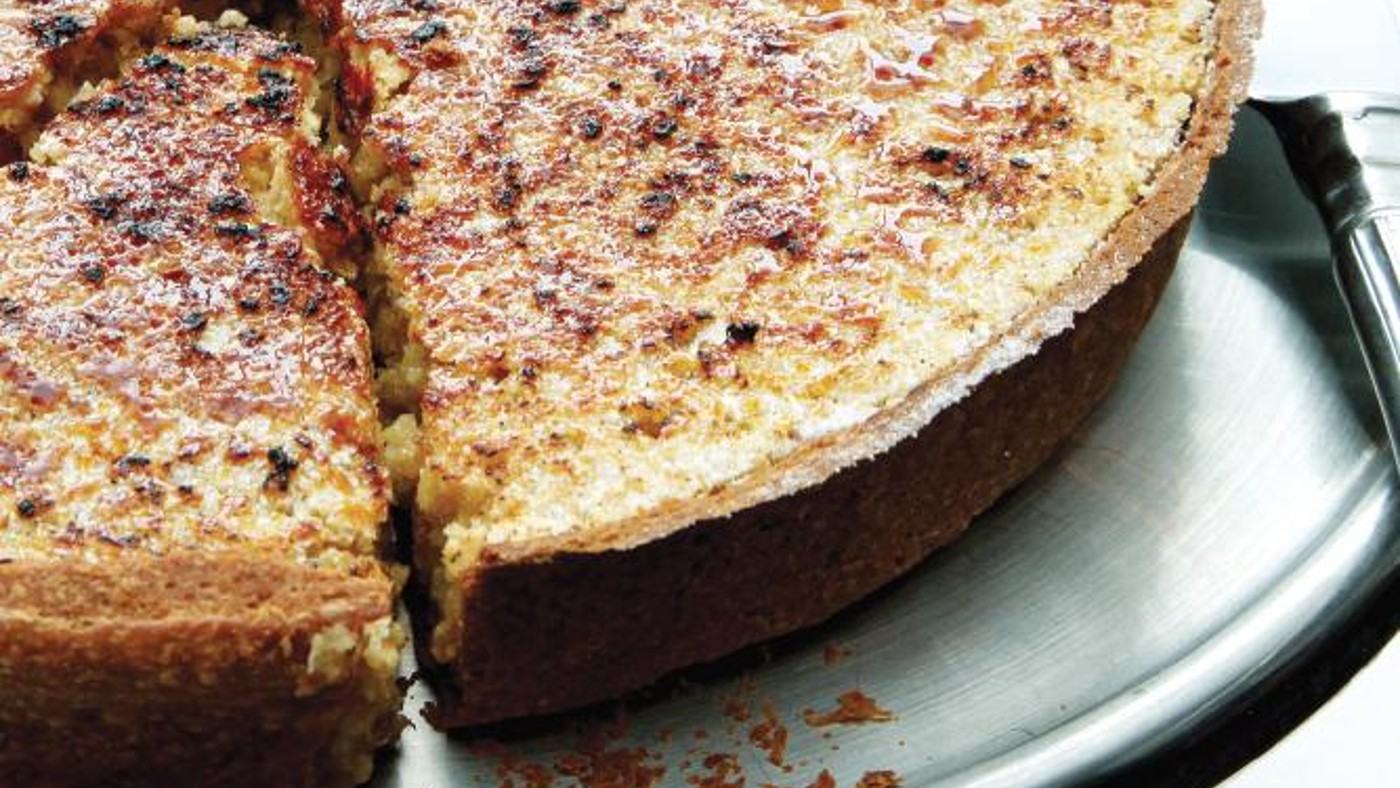
Equipment
- 25cm loose-bottomed tart tin
- Baking beans (rice will work as an adequate substitute, if necessary)
Ingredients: for the honey and stout filling
- 80ml stout: use a quality, flavourful stout for a beautiful depth of flavour
- 1 Bramley apple (approx 150g) peeled and grated
- 90g golden syrup
- 50g rolled porridge oats
- 90g honey
- 90g breadcrumbs stale
- 2 eggs
- ½ lemon zest and juice
- ½ orange zest only
For the pastry
- 250g plain flour
- 1 pinch salt
- 125g butter cut into cubes, plus extra for greasing
- 50g caster sugar
- 3 eggs
- 1 egg for egg wash
Method
- In a food processor simply pulse together the flour, salt, butter and sugar until the mixture resembles breadcrumbs, then transfer to a bowl, add two eggs and form into a ball of dough. Do not overwork, just mix enough to bring the dough together. Wrap the dough in cling film and leave in the fridge to chill for 20 minutes.
- Preheat the oven to 150°C/gas mark 2. Grease a 25cm loose-bottomed tart tin and set aside.Once the pastry has chilled, lightly dust a work surface with flour and roll the pastry out into a large circle, 5cm bigger than your tin. Loosely roll the pastry around the rolling pin, then carefully drape the pastry over the tin and lightly press the pastry into the edges to fit. Carefully trim the edges of the pastry using a sharp knife. Line the pastry with some greaseproof paper, then pour in some baking beans. Blind bake the pastry case in the oven for around 45 minutes until pale golden in colour. Remove from the oven and increase the oven temperate to 180°C/gas mark 4.
- Discard the greaseproof paper and baking beans and brush the entirety of the pastry case in egg wash – this will help to prevent cracks appearing in the pastry.
- To make the filling, add the stout and grated apple to a pan and bring to the boil. Reduce to a simmer and leave the liquid to reduce by half, then remove from the heat and set aside until warm. Add the remaining ingredients, mix well and pour into the pastry case. Bake the tart for 20-25 minutes until the filling is set.
- Remove from the oven, allow to cool and cut the tart into slices. Serve with a good dollop of double cream or some sweetened buttermilk.
A free daily email with the biggest news stories of the day – and the best features from TheWeek.com
-
 Pull over for these one-of-a-kind gas stations
Pull over for these one-of-a-kind gas stationsThe Week Recommends Fill ’er up next to highland cows and a giant soda bottle
-
 House of Guinness: ‘rip-roaring’ Dublin brewing dynasty period drama
House of Guinness: ‘rip-roaring’ Dublin brewing dynasty period dramaThe Week Recommends The Irish series mixes the family tangles of ‘Downton’ and ‘Succession’ for a ‘dark’ and ‘quaffable’ watch
-
 Why Irish traditional music is having a moment
Why Irish traditional music is having a momentIn The Spotlight Frustrations with isolation and technology credited for reviving 'auld' trad tunes
-
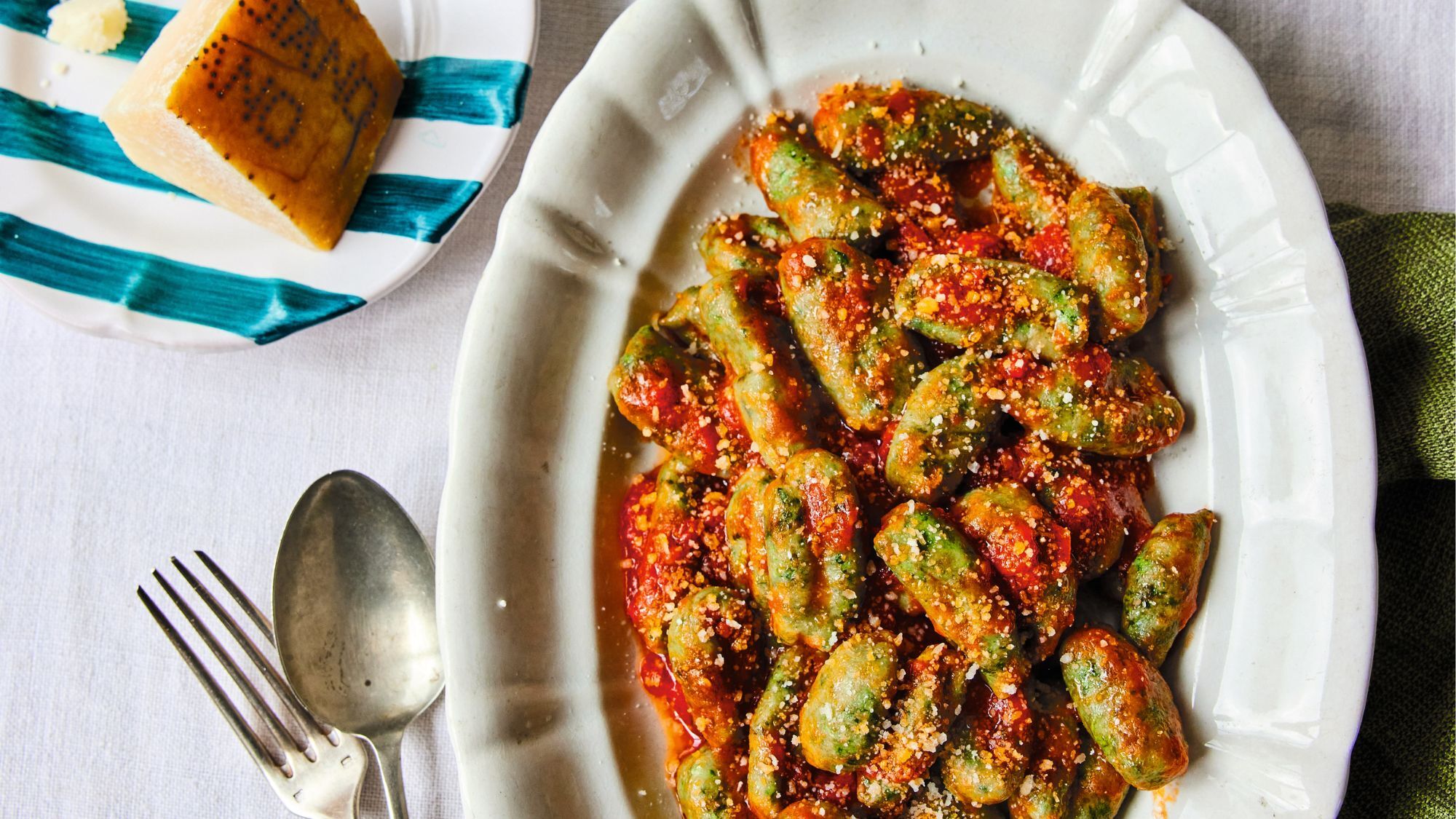 Recipe: gnocchi di spinaci (spinach gnocchi)
Recipe: gnocchi di spinaci (spinach gnocchi)The Week Recommends Forget the potatoes for this gnocchi made of the 'classic combination' of spinach and ricotta
-
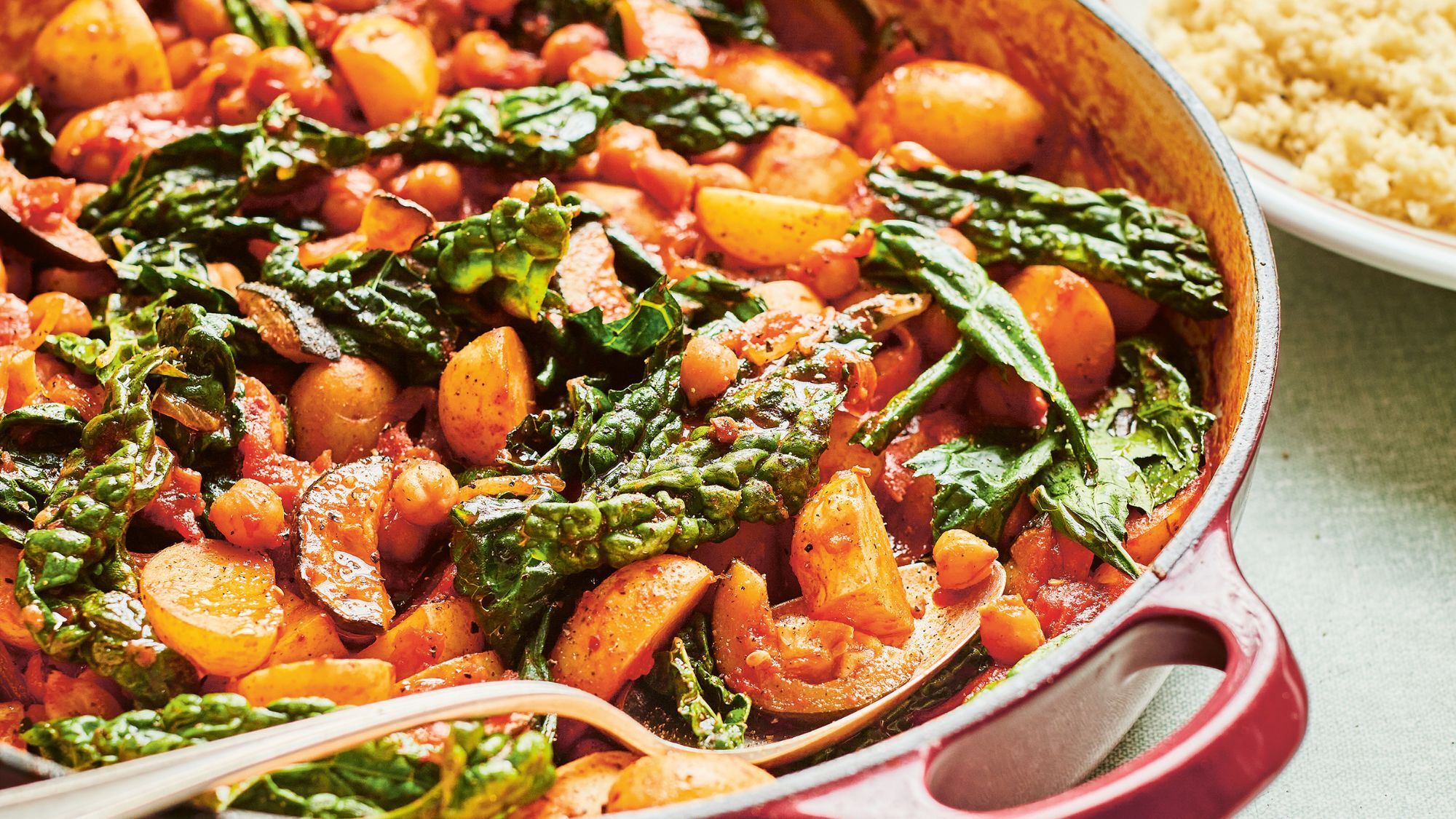 Recipe: chickpea, cavolo nero and harissa stew
Recipe: chickpea, cavolo nero and harissa stewThe Week Recommends Tinned tomatoes are warmed by harissa paste and become the base for a versatile stew
-
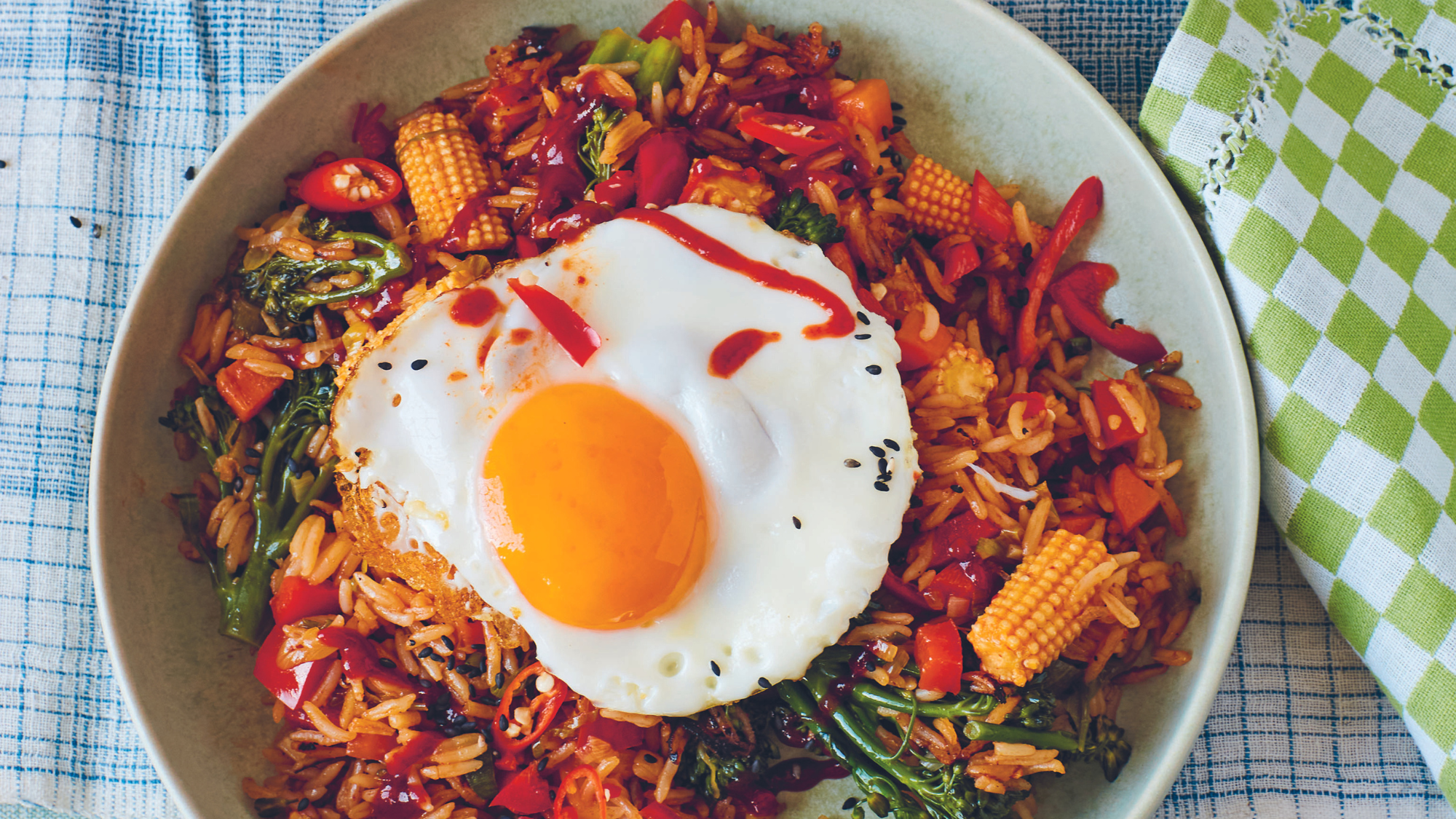 Recipe: nasi goreng spicy fried rice
Recipe: nasi goreng spicy fried riceThe Week Recommends Perfect for weeknights, this gluten-free twist on Indonesian fried rice is 'oh-so-good'
-
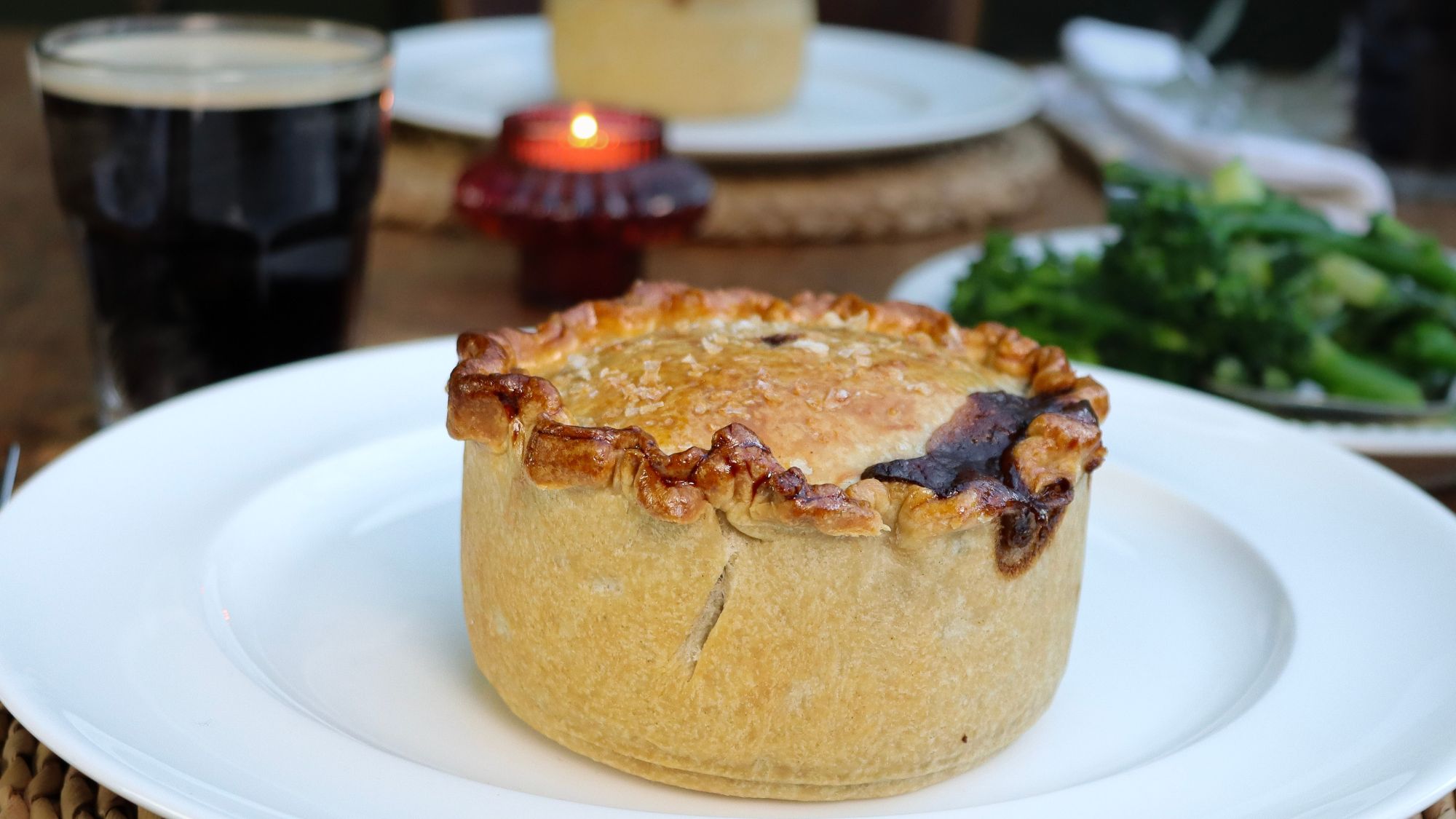 St Patrick's Day: indulge in Irish delights
St Patrick's Day: indulge in Irish delightsThe Week Recommends Discover delicious recipes inspired by Ireland to celebrate the country's patron saint's day
-
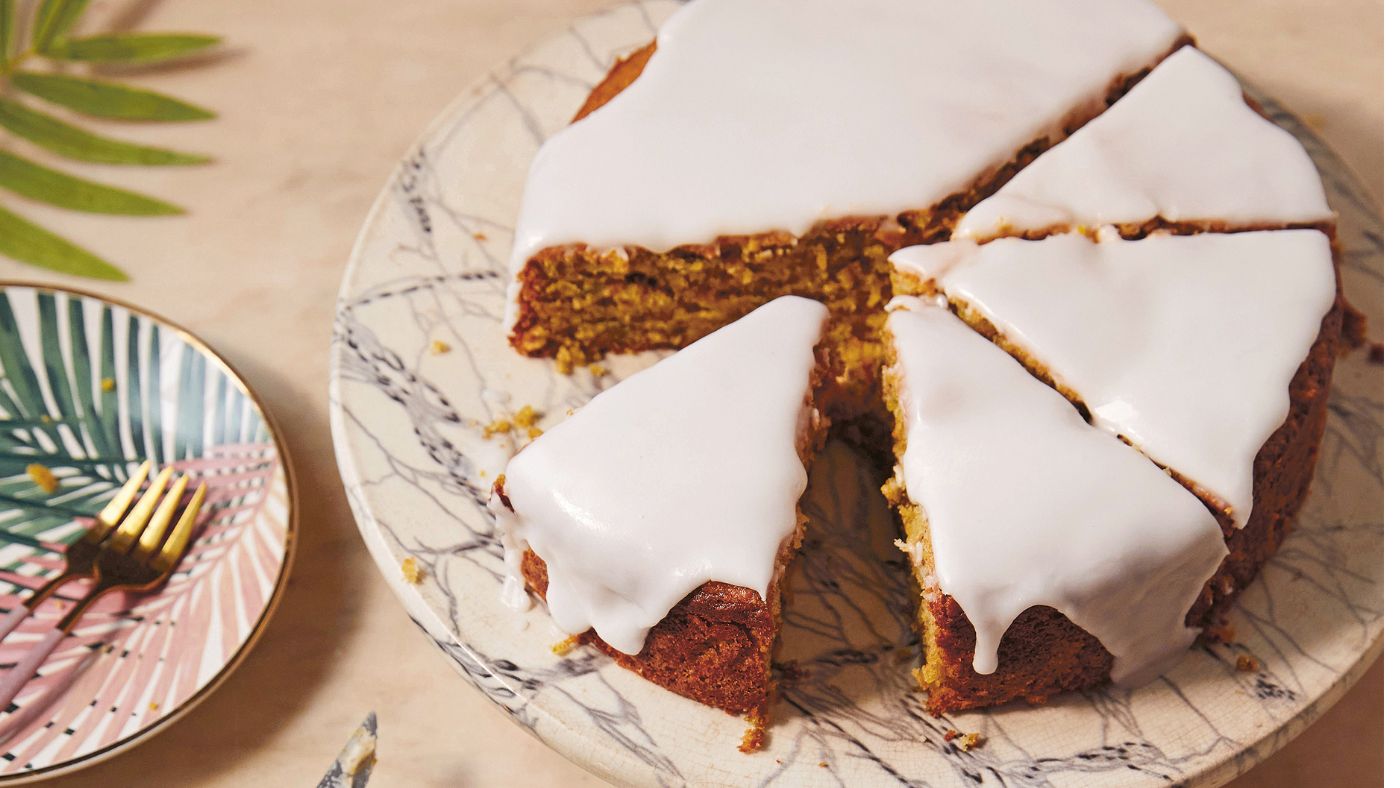 Recipe: pistachio, lemon and coriander seed cake
Recipe: pistachio, lemon and coriander seed cakeThe Week Recommends The unconventional coriander seeds 'make the flavours sing'
